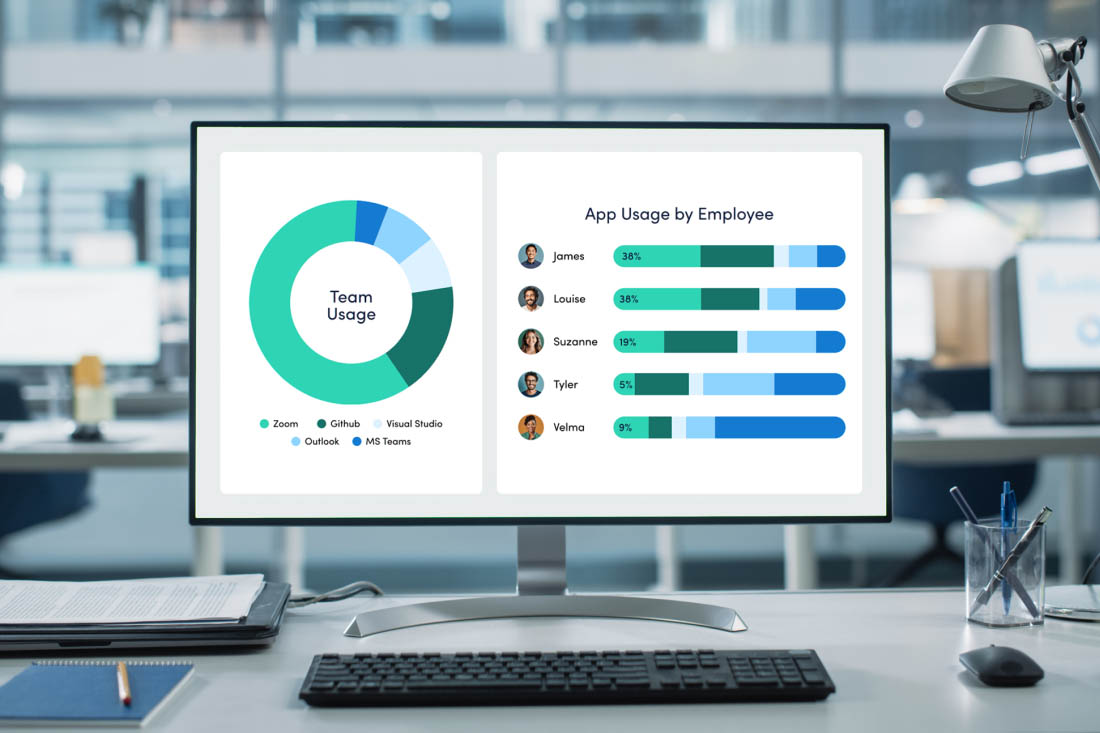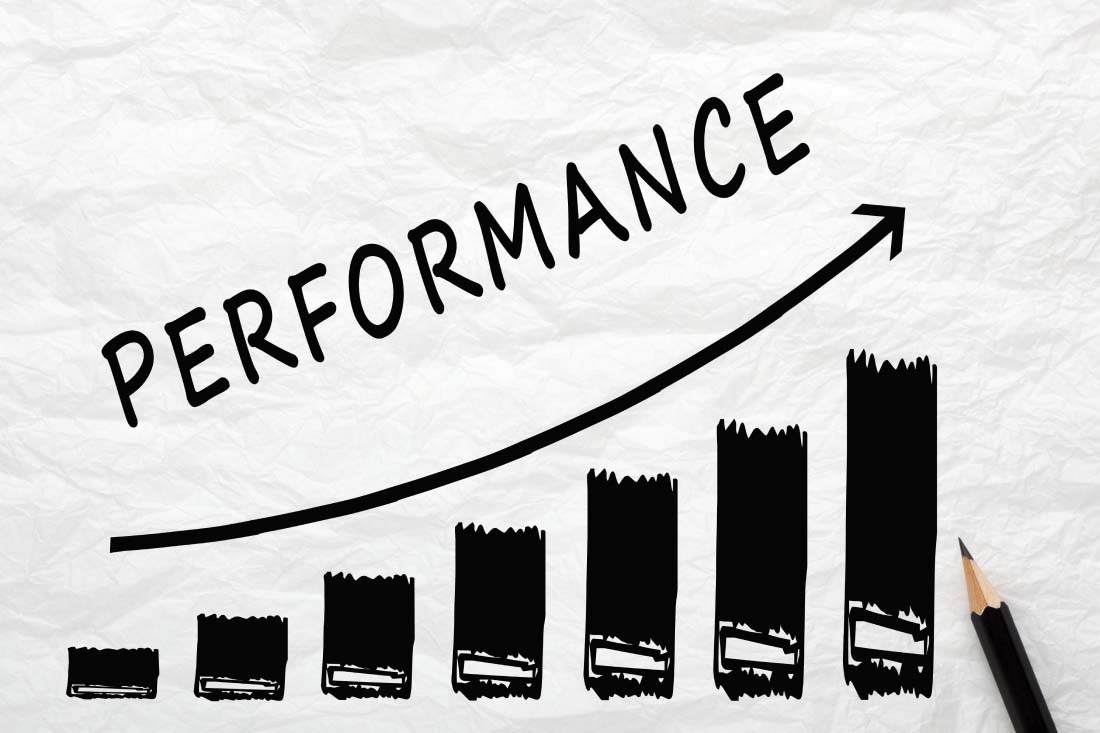Effective workforce management (WFM) is the key to success in any organization today. It involves planning, organizing and optimizing your company’s workforce to ensure maximum productivity and efficiency. Using best practices in workforce management empowers you to streamline operations, minimize costs and achieve goals more effectively. Discover the top strategies and techniques for optimizing workforce management in your organization.
What is workforce management?
Workforce management is a set of processes, techniques and strategies that optimize an organization’s workforce. This includes forecasting labor demand, scheduling employees, monitoring performance and analyzing workforce data. A well-designed workforce management strategy aligns a business’s workforce with business objectives, increases employee satisfaction and ultimately drives better results.
The importance of workforce management
Human resources management teams need effective workforce management solutions to stay competitive in today’s market. Recruiting teams and hiring managers need to know how to find the best talent and onboard new hires effectively. Managers need historical data for effective workforce planning, including appropriate scheduling and paid time off or leave administration. Finance needs effective workforce forecasting to create HR and payroll budgets.
Workforce management offers many solutions and benefits to HR teams and organizations, such as:
- Optimize labor utilization: Avoid unnecessary labor costs while ensuring adequate staffing levels by accurately forecasting labor demand and aligning employee schedules accordingly.
- Reduce costs through automation: Workforce management gives employees and HR professionals tools to automate repetitive HR tasks like timekeeping, payroll and other functions. The Aberdeen Group reports that organizations using WFM solutions saw a 6% reduction in payroll errors.
- Enhance productivity: Proper workforce planning ensures employees are deployed in the most efficient manner, leading to higher productivity. One study from the Aberdeen Group found that companies that use a WFM solution have a 15% increase in employee productivity on average.
- More robust performance management: Workforce management systems give deeper insight into how employees are performing, empowering managers to upskill or train team members who need help or find new opportunities for underutliized employees.
- Better employee experience: Organizations using WFM solutions are ready to equip employees with the tools they need to be productive and the benefits they need to be happy, which leads to a more positive work environment and better employee experience.
- Improve customer satisfaction: A well-managed workforce leads to better customer experiences, as engaged and knowledgeable employees are more likely to give prompt and helpful service.
- Minimize turnover: Investing in effective workforce management practies including employee engagement initiatives reduces turnover rates to retain top talent.
- Improve compliance and security: Data security and compliance are major risks for all employers. Workforce management gives IT teams and managers tools to effectively manage security and compliance across employees, regardless of their location or role.
Key components of effective workforce management
Successful workforce management relies on several key components, including:
- Workforce planning: The process of determining the right number of employees with the right skills at the right time to meet business demands.
- Scheduling: Developing employee schedules that align with business needs while considering factors such as labor laws, employee preferences and skill requirements.
- Time and attendance management: Accurately tracking and managing employee hours, vacation or leave and breaks.
- Analytics and reporting: Collecting and analyzing workforce data to gain insights into trends, find areas for improvement and make more informed decisions.
7 best practices for effective workforce management
Every workplace is different and will have specific workforce management needs, but these best practies are a good place to manage your workforce more effectively.
1. Use workforce management software
Many organizations lean more heavily on feelings than data when making workforce management decisions. This is often because they don’t have the data they need to understand their workforce’s needs or trajectory. While tools like time tracking software, employee scheduling and attendance tracking are useful and provide some historical data, they often don’t provide enough data to make informed decisions across your workforce.
Workforce management software like ActivTrak gives you deeper insights through real data and analytics. ActivTrak shows you how employees get work done most effectively, whether they’re in the office or working remotely. See in real-time which employees are working too much and are at risk of burnout, or which employees are disengaged and not living up to their full potential. Quickly identify how changes in policies and procedures affect productivity and engagement. Right-size office space and forecast headcount through workforce data rather than gut reactions or guessing. Spot inefficient workflows and replace them with streamlined processes. Track compliance issues faster to stop data breaches and security concerns at the source.
2. Align roles to responsibilities
Sometimes an employee gets hired for one role, but over time finds they’re doing something completely different. This isn’t always a bad thing, as managers may assign employees to projects they’re better suited for based on their skills or preferences. However, there are other cases where an employee may not like these changes — such as being given lower level work that’s tedious and uninteresting, or on the other side, being given larger responsibilities without an official title and pay raise. This can lead to dissatisfaction and even turnover if left unaddressed.
To manage your workforce more effectively, its important to align roles to actual responsibilities. If you find discrepancies, ask employees if they’re happy or unhappy with the differences in what they do vs. what their job is supposed to be. Adjust roles and responsibilities accordingly and do this on a regular basis, at least once a year.
3. Plan for future workforce needs
Strategic workforce planning is another important aspect of a strong WFM program that involves comparing current staffing against future needs. Doing so helps prevent over- or understaffing, plan for needed skills and meet changing demands in your industry with data and forecasting.
If you’re frequently in situations where you son’t have the right people or skills for your organization’s needs, it can be an indication that you need to think farther out as part of your workforce management strategy.
4. Set SMART goals
For employees to thrive, they need to have a clear understanding of the goals that lead to pay raises and promotions. Without clear expectations, employees may fall into a routine where they’re just doing their job but lack motivation go the extra mile.
To ensure employees know how to grow in their career and maximize their motivation, you should set specific, measurable, achievable, relevant and time-bound (SMART) goals. An example of a SMART goal for a sales representative might be closing three deals over the next month. Goal setting is a crucial part of workforce management, and SMART goals help you go about this process more effectively.
5. Keep an eye on employee engagement
Employee engagement has been low in the U.S. for a decade, with Gallup reporting a shocking 33% engagement level in 2023. Employers who want high employee productivity and low turnover rates need their employees to be engaged, but measuring, predicting and improving employee engagement has continued to be a difficult task. Surveys, peer reviews and one-on-one meetings with managers can provide some details about engagement, but you’ll end up missing insights or getting them late which makes it hard to address the issue.
To better monitor engagement, employee engagement software provides real-time data on things that may otherwise go unnoticed like lower productivity, reduced focus time, variation in schedules and other signs of burnout. By noticing these things early, you may be able to get ahead of the situation before it can escalate and lead to quiet quitting or cause issues throughout your team.
6. Provide training and development opportunities
Effective workforce management should involve looking at your current team and identifying employees who need additional training, or are ready for a development opportunity that could lead to a promotion. Doing so helps ensure employees aren’t missing skills to perform their job, and providing development opportunities is a great way to retain and even attract top talent. A recent study from Pew Research showed that 63% of employees have left a job because there were no advancement opportunities.
7. Offer flexible work arrangements
Advancements in technology and learnings have made it possible for companies to provide flexible work arrangements, and 80% of companies now offer flex work options. A few examples of flexible work arrangements include remote, hybrid, four-day workweeks, flextime, and results-only options. Although it can be daunting to switch from a traditional schedule, research shows providing these options can increase employee satisfaction by 62% and productivity by 12%. Why? Because you’re giving employees flexibility to work on a schedule catered to their needs, which can allow them to choose the environment they work best in and limit distractions during work time.
Manage your workforce more effectively with ActivTrak
Effective workforce management is essential to optimize productivity, reduce costs and achieve staffing and HR goals. Use ActivTrak’s workforce management solution to implement successful workforce planning strategies, enhance employee engagement and create efficient scheduling practices.
Our advanced workforce analytics cloud gives you deep insights into employee productivity and well-being to inform key decisions and optimize outcomes. Whether managing hybrid and remote teams, monitoring employee productivity or planning resources, ActivTrak has the tools you need. Contact our sales team today to get started and experience the power of informed workforce management.





